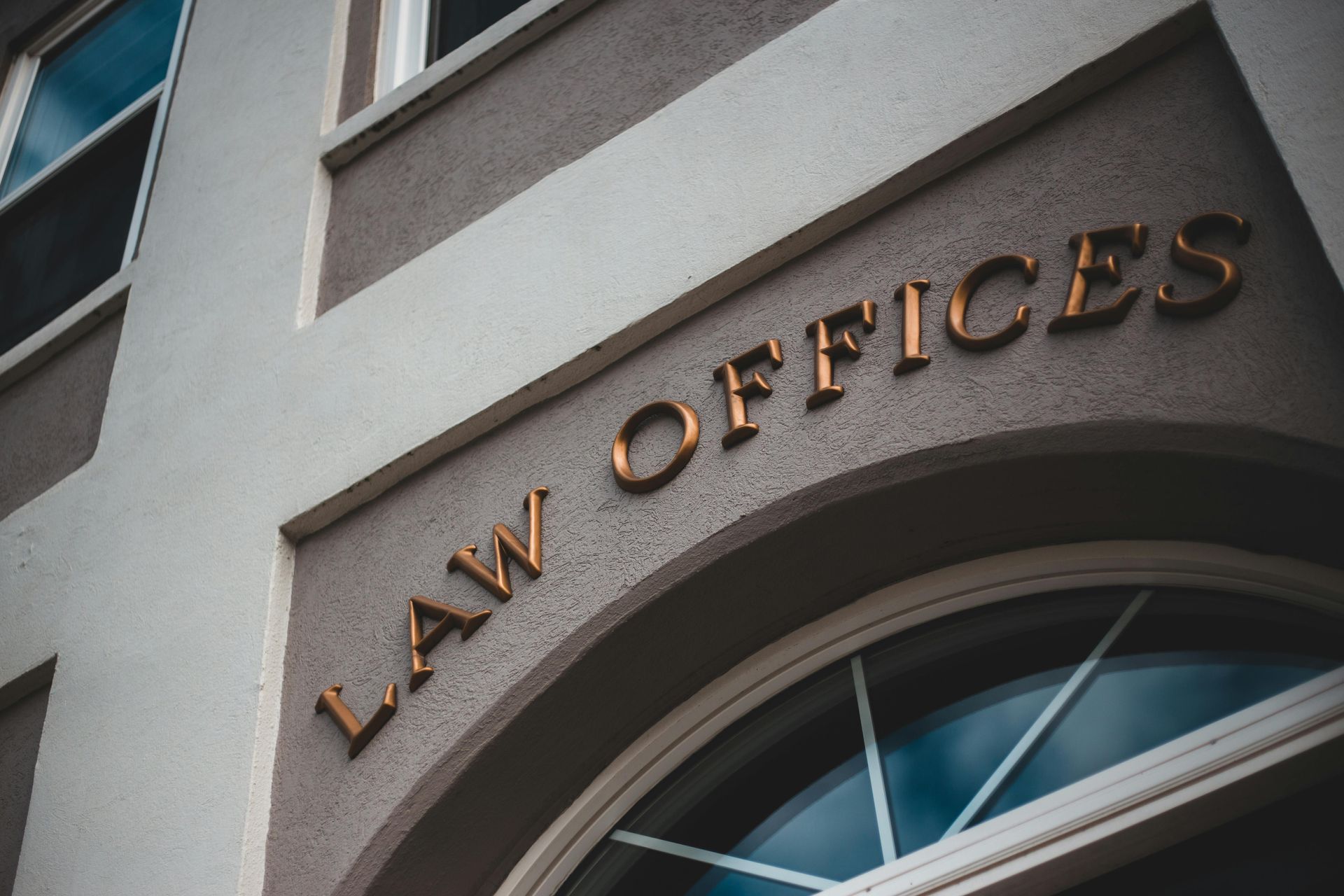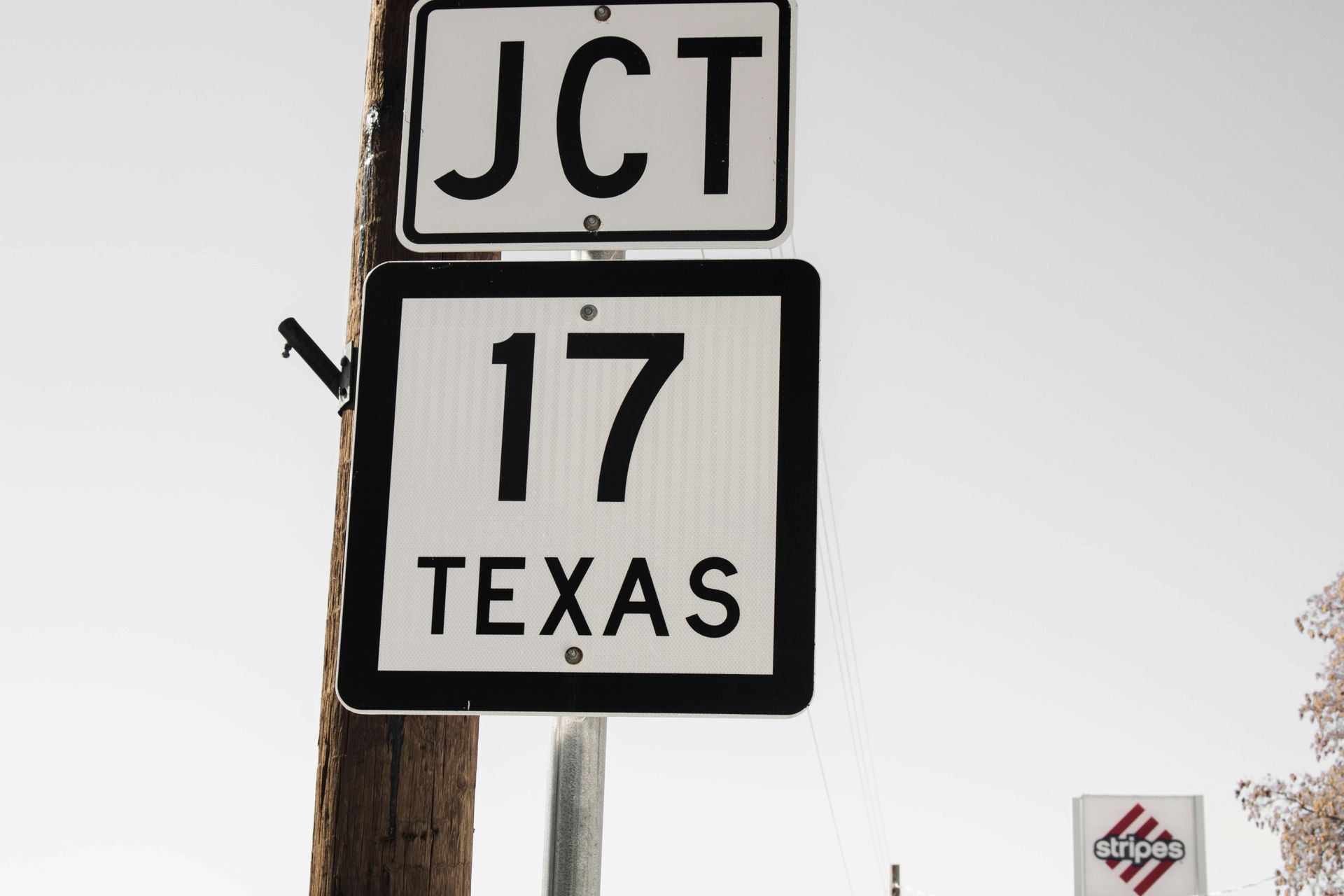Priority Determinations in Trademark Law - Foreign Rights
ATTORNEYS IN DALLAS
Learn about the critical factor of determining priority of use in trademark cases, understanding the principle of territoriality, and how foreign trademark registration does not automatically confer rights in the United States.
Priority Determinations in Trademark Law - Foreign Rights
Determining priority of use is often a critical factor in trademark cases. It's important to note that using a trademark in a foreign country does not automatically confer rights in the United States. This rule is rooted in the principle of territoriality, which is fundamental to trademark law. Each country has its own laws governing trademark rights. For reference, the case of Person's Co. Ltd. v. Christman, 900 F.2d 1565, 14 USPQ2d 1477 (Fed. Cir. 1990) provides insights into this matter.
Priority Based on Section 44(d)
However, it is possible to establish priority rights in a Trademark Trial and Appeal Board proceeding through Section 44 of the Lanham Act. This can be done by either filing a trademark application or obtaining a registration in a qualified foreign country. A qualified country refers to a nation that is a party to a treaty with the United States, granting priority rights or reciprocal rights to U.S. nationals. If an applicant files a trademark application in a qualified foreign country within six months of filing in the USPTO, they can claim a priority right dating back to the foreign filing date.
In simpler terms, if a trademark applicant first files in a foreign country and then applies to the USPTO within six months, they can establish a priority right starting from the foreign filing date. This foreign filing date is treated as the constructive use date for an intent-to-use application under Section 7(c) of the Lanham Act. Both the foreign filing date and the intent-to-use application date can be used to prove priority rights.
However, it is important to note that to obtain a U.S. registration from the USPTO, the applicant must fulfill the requirements of the Trademark Act. This includes demonstrating use in commerce under Section 1(a), bona fide use in commerce under Section 1(b), or issuance of a registration in the applicant's country of origin under Section 44(e). It is worth mentioning that the foreign application filed does not necessarily have to be from the applicant's country of origin. The country of origin is defined by Section 44(c) of the Trademark Act as the country where the applicant has a genuine and effective industrial or commercial establishment. If no establishment exists, the country of origin is determined based on the applicant's domicile or nationality. It's important to keep in mind that an applicant may have more than one country of origin.
Priority Based on Section 44(e)
If a party has obtained a foreign trademark registration in their country of origin, it is advisable to file their trademark application under Section 44(e) of the Trademark Act. Unlike other sections, there is no six-month time limit for filing in this case. When applying under Section 44(e), the applicant is not obligated to claim prior use of the mark in the United States or provide supporting specimens. By filing under Section 44(e) of the Trademark Act, the applicant is granted the privilege of using the filing date as a constructive use date, irrespective of when actual use of the mark begins in the United States.
Priority Based on Section 66(a)
An international application or a subsequent designation made after the International Bureau registers the trademark can include a Request for extension of protection to the United States. When such an application is filed, it is known as a Section 66(a) application. For a party filing a 66(a) application, the constructive use date is determined based on the earliest of the following events: (1) the international registration date; (2) the date when the Bureau recorded the subsequent designation for the request for extension to the U.S. (if the request was made after the international registration date); or (3) the date of priority claimed in accordance with Lanham Act §67. However, it's important to note that constructive use is contingent upon the registration of the mark on the Principal Register of the United States Patent & Trademark Office.
Trademark Resources & Services
- Trademark Overview
- Trademark Registration
- Trademark Licensing
- Trademark Infringement
- Trademark Protection
- Trademark Coexistence
- Trademark Guidelines
- Trade Dress Protection
- Trademark Oppositions & Trademark Cancellations
- Cybersquatting
- UDRP Domain Name Proceedings
- Trademark Portfolio Management
Need any help?
Getting in touch is easy. Use the form below and request a free consultation today.
Industry Resources & Services
- Alcohol & Beverage Law
- Blockchain Law
- Cosmetics Product Law
- Crypto-currency Law
- Cyber-security Law
- Digital Marketing
- eCommerce Law
- Energy Law
- Fashion Industry Law
- Health Technology Law
- Oil & Gas Law
- Product Industry Overview
- Professional Services law
- Real Estate Development Law
- Restaurant Services Law
- Retail Business Law
- Software Industry Law
- Sporting Goods Law
- Technology Law
- Video Gaming Industry Law
Trademark Resources
- 66(a) Applications
- Abandoning a Trademark Application or Withdrawing a TTAB Proceeding
- Abandonment and Nonuse
- Abbreviations as Trademarks
- Accelerated Case Resolutions
- Acquired Secondary Trademark Meaning
- Amending Trademark Application
- Assigning a Trademark
- Assigning a Trademark and the Intent to Use Application
- Avoiding Fraud on Trademark Applications
- Avoiding Trademark Litigation
- Basis for Filing a Trademark
- Benefits of Registering a Trademark
- Bona Fide Intent to Use
- Celebrity Trademarks
- Challenging the Relatedness Factor
- Challenging Trademark Rights
- Claims in a Notice of Opposition
- Co-Existence Agreements
- Common Law Trademarks in the Internet Era
- Common Law Use and Priority
- Conflicting Marks
- Consent Agreements
- Constructive Use Priority
- Dates of Use
- Defenses in Opposition and Cancellation Proceedings
- Descriptive or Generic Trademarks
- Design Marks
- Design Trademarks
- Determining Trademark Similarities
- Discovery in TTAB Proceedings
- Dividing a Trademark Application
- Drawing Page
- Electronic Display Specimens for Trademarks
- Evidence in TTAB Proceedings
- Evidence of Acquired Distinctiveness
- Expediting Trademark Cancellation for Nonuse or Abandonment
- Extending Time to Oppose
- Factors of a Likelihood of Confusion Analysis
- False Suggestions of Connection
- Famous Trademarks and Likelihood of Confusion and Dilution
- Filing an Opposition or Cancellation Proceedings
- First Sale Doctrine
- Five Years of Use
- Foreign Trademark Rights
- Generic Trademarks
- Geographic Trademarks
- Hiring Trademark Counsel
- Immoral and Scandalous Trademarks
- Incontestability of U.S. Trademarks
- International Trademark Filings
- Joint Trademark Ownership
- Lawful Use of a Trademark in Commerce
- Likelihood of Confusion Analysis
- Likelihood of Confusion Refusal
- Merely Descriptive Trademarks
Trademark Resources
- Multiple Bases for a Trademark Application
- Overcoming and Ornamentation Trademark Refusal
- Personal Name Trademarks
- Principal and Supplemental Registers
- Protecting Single Creative Works
- Recording Trademark Assignments
- Refusal of a Trademark
- Refusing a Trade Dress Application
- Registering a Certification Trademark
- Registering a Service Mark
- Registering a Trademark That Lacks Inherent Distinctiveness
- Registering an International Trademark
- Relatedness of Goods or Services
- Request for Reconsideration in Trademark Office Action
- Requirements for International Trademark Application
- Revive an Abandoned Trademark Application
- Secondary Meaning
- Source Confusion
- Special Trademark Applications
- Standard Character and Special Format Marks
- Standing in Opposition and Cancellation Proceedings
- State Trademark Registration
- Statement of Use Extensions
- Tacking Doctrine
- Technical Trademark Use
- The Supplemental Register
- Trade Dress
- Trade Dress Application
- Trademark Application
- Trademark Clearance Searches
- Trademark Disclaimers
- Trademark Licensing
- Trademark of Authors, Performing Artists, and Characters
- Trademark Ownership
- Trademark Protection In Texas
- Trademark Settlements
- Trademark Specimens
- Trademark Specimens
- Trademark Use by Related Company
- Trademark Use in Advertising
- Trademark Use in Commerce
- Trademarking a Distinctive Mark
- Trademarking a Hashtag
- Trademarks for Musical Artists
- TTAB Discovery Rules
- TTAB Proceedings
- U.S. Service Mark
- U.S. Trade Dress
- Understanding Trade Channels
- Unitary U.S. Trademark
- Universal Symbols as Trademarks
- Using Secondary Sources
- What is an Ex Parte Appeal?
- Where to Register a Trademark
- Who Must File a Trademark?
Contact an Experienced Trademark Attorney
If you need legal advice regarding your trademark rights, assistance with trademark prosecution, or representation in a domain name dispute, contact Wilson Whitaker Rynell. Our team of trademark lawyers has extensive experience in all aspects of trademark and copyright law, including the filing of trademark applications and representing clients in defense or prosecution before the Trademark Trial and Appeal Board.
CLIENT MATTERS
5,000+
YEARS OF SERVICE
25+
Award Winning
Recognized in the legal industry as dedicated board-certified lawyers and Rising Stars.
Expert Team
Your project will be handled by legal experts every time. You will have the most experienced attorneys working for you.
Quality Representation

Let's talk about your legal issue
Wilson Legal Group P.C.
d/b/a Wilson Whitaker Rynell
(972) 248-8080 (Dallas) MAIN OFFICE
(713) 830-2207 (Houston) Appointment Only
(512) 691-4100 (Austin) Appointment Only
For more information on how we can assist in your intellectual property, commercial litigation, divorce, or other personal needs, let us know how we can help you:
How Can We Help You?
WILSON WHITAKER RYNELL
Thank You for Contacting Us!
Your information has been sent, and we will contact you shorlty...issues.
WILSON WHITAKER RYNELL
Oops, there was an error sending your message.
Please try again later.
Disclaimer:
This form does not establish an attorney-client relationship, and should only be used to contact the firm about scheduling a call or meeting. No confidential or sensitive information should be sent using this form.
We represent clients nationwide, including Dallas, Austin, Houston, and other Texas areas such as Fort Worth, Arlington, Carrollton, Plano, Allen, Lewisville, Flower Mound, Irving, Denton, McKinney, North Richland Hills, and all cities within Dallas County, Tarrant County, Collin County, and Denton County.
OFFICES
ABOUT
CONTACT
BLOG
Wilson Whitaker Rynell
16610 Dallas Parkway, Suite 1000
Dallas, Texas 75248
972-248-8080 (MAIN)
972-248-8088 (FAX)
info@wrrlegal.com (E-MAIL)










